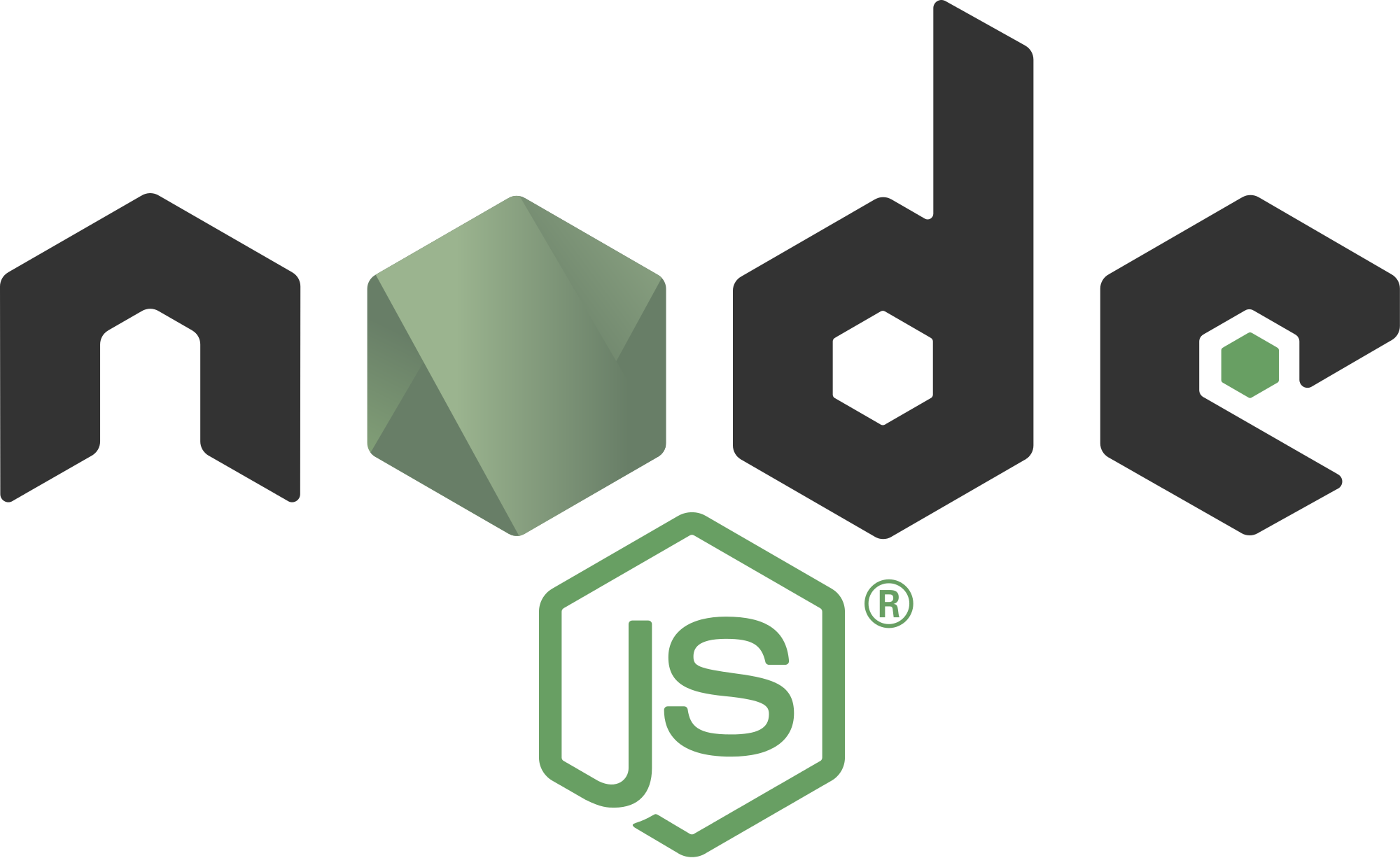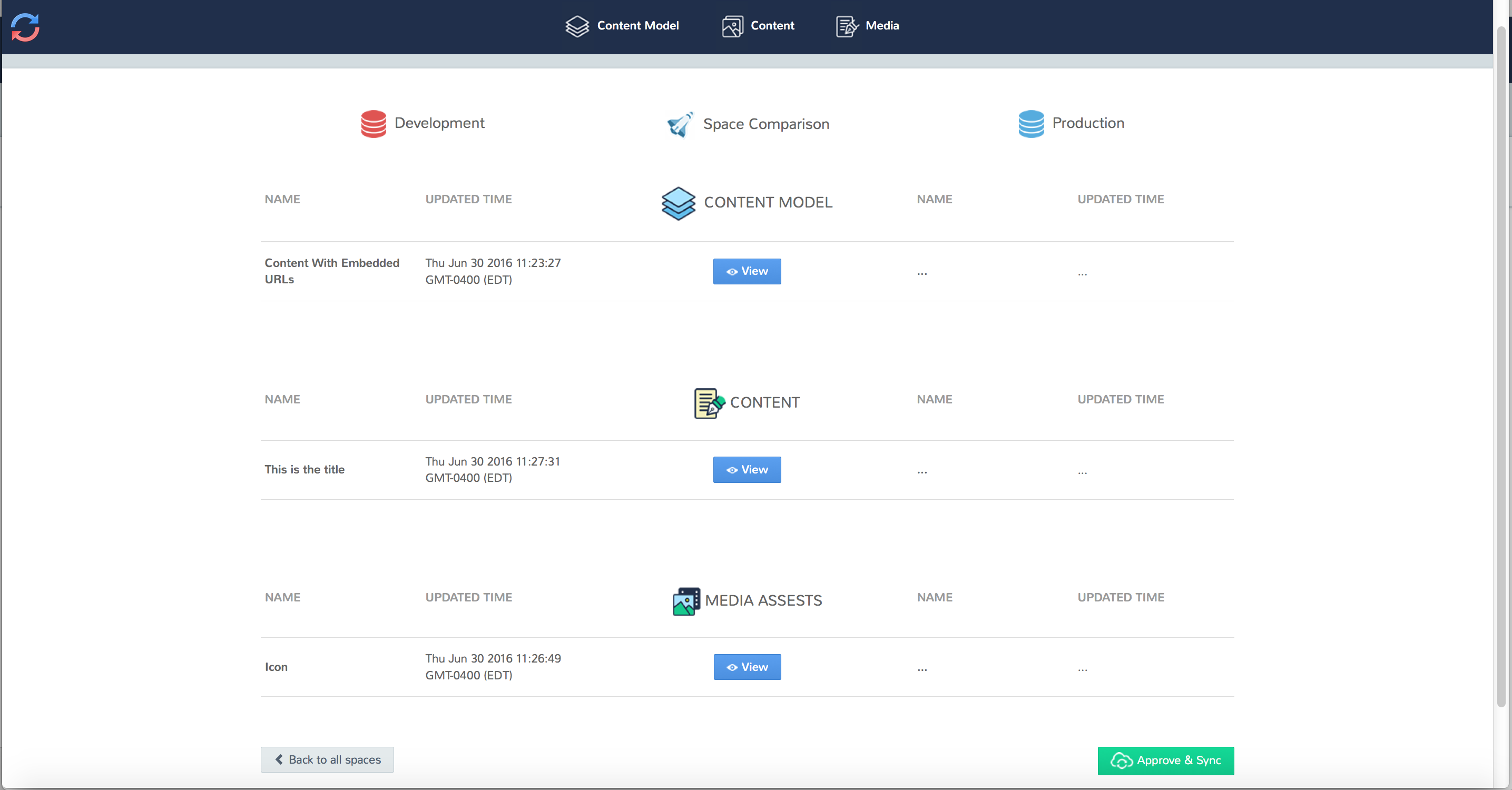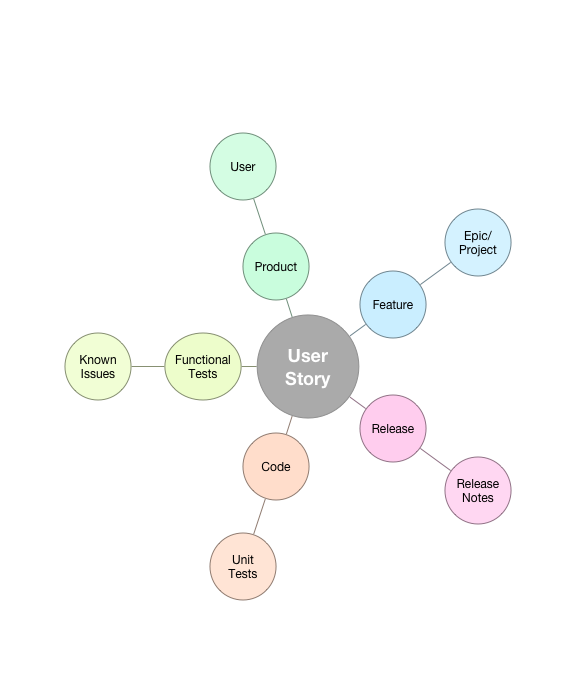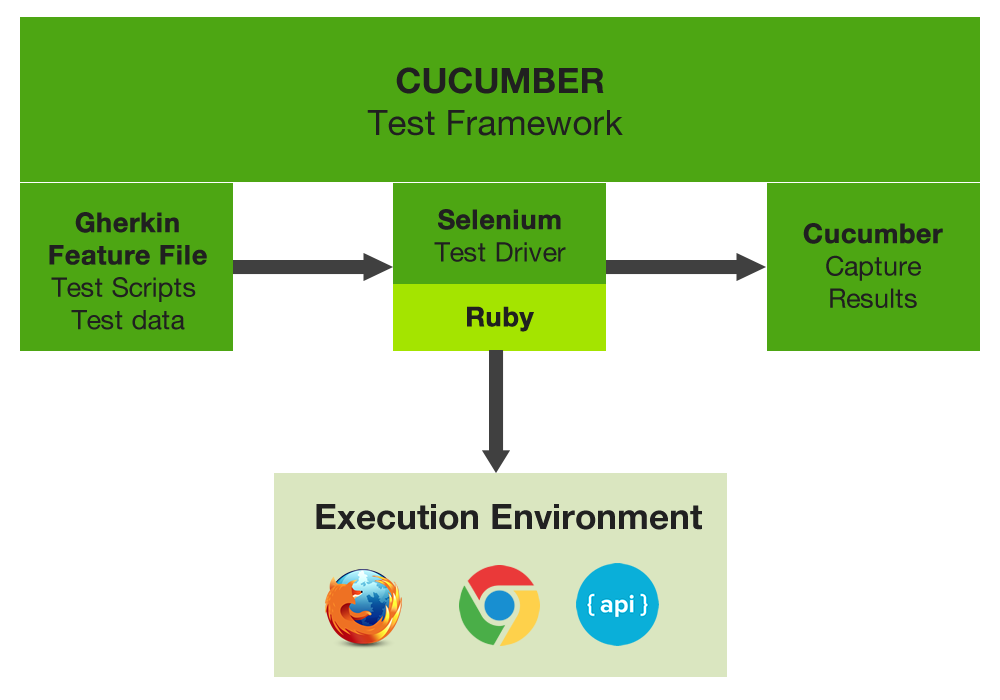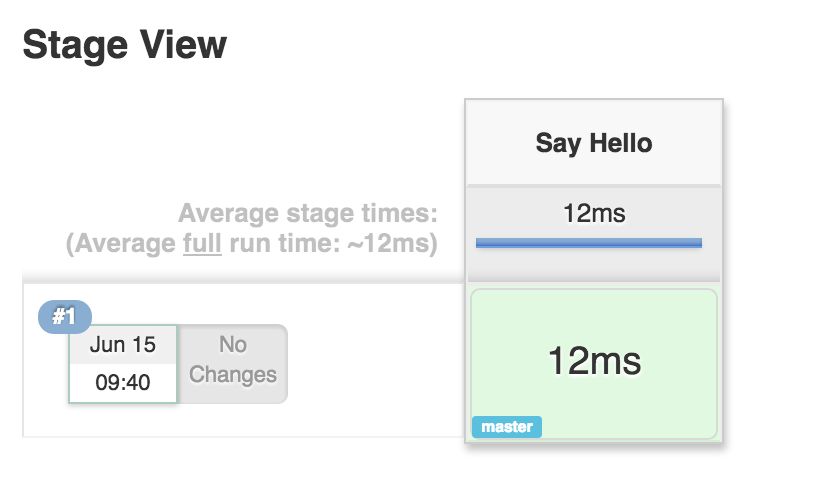Want to Performance test your web Applications? Then you should know about Apache JMeter.
What is Apache JMeter?
It is a 100% pure Java application and Open Source testing software .It was designed for load, stress, functional, performance testing. It requires JDK 5 or higher.
What is performance testing ?
Performance testing is the process of determining the speed or effectiveness of a computer, network, Software program or device. In this process involve quantitative tests done in a lab, such as measuring the response time or the number of MIPS (millions of instructions per second) at which a system functions. Qualitative attributes such as reliability, scalability and interoperability may also be evaluated. Performance testing is often done in conjunction with stress testing.








